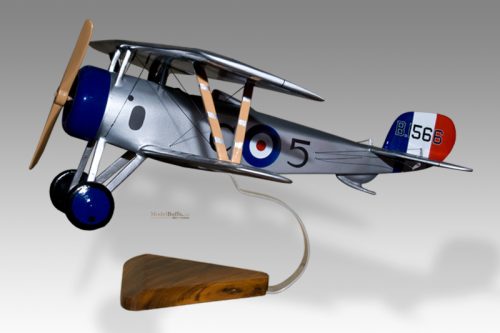Early Aviation: The Dawn of Human Flight
Early aviation refers to the period in which humans began to develop and experiment with machines to achieve sustained, controlled flight. Spanning from the late 19th century to the early 20th century, this era was marked by experimentation, innovation, and a series of breakthroughs that would ultimately lead to the establishment of modern aviation as we know it. Here’s a brief overview of the defining characteristics and milestones of early aviation:
- Preliminary Concepts and Theories: Before actual flight was achieved, visionaries like Leonardo da Vinci sketched and theorized flying machines. While many of these early designs were never built or functional, they laid the groundwork for future aviators.
- Balloons and Airships: One of the earliest forms of human flight was achieved using balloons filled with hot air or gas. The Montgolfier brothers’ hot air balloon in 1783 marked a significant milestone. Later, dirigibles or airships, which could be steered and propelled, began to take shape.
- Glider Experiments: Before powered flight, pioneers like Otto Lilienthal and Octave Chanute made significant progress with gliders. These unpowered aircrafts were crucial in understanding the principles of aerodynamics and control.
- Powered Flight: The Wright brothers, Orville and Wilbur, are often credited with inventing, building, and flying the world’s first successful motor-operated airplane in 1903. Their aircraft, the Wright Flyer, made a series of short flights and set the stage for subsequent developments in powered aviation.
- Advancements in Design and Technology: Following the Wright brothers’ success, there was a surge in aviation interest and development. Aircraft designs quickly evolved, incorporating multiple engines, closed cockpits, and more aerodynamic structures.
- First Military and Commercial Uses: Early aviation saw the immediate interest of military forces around the world. By World War I, aircraft had become vital for reconnaissance and had even begun to play roles in combat. Concurrently, the potential for commercial air travel began to be recognized, leading to the first airlines and passenger routes in the 1920s.
- International Achievements: As aviation technology advanced, so did the ambitions of pilots. Milestones such as the first transatlantic flight by Charles Lindbergh in 1927 showcased the potential of long-distance air travel.
- Safety and Regulation: With the proliferation of aircraft, the need for regulations became evident. Early aviation witnessed the establishment of rules for air traffic, pilot certification, and aircraft safety.
- Cultural Impact: The marvel of human flight captivated societies worldwide. Early aviators became celebrities, and aviation influenced art, literature, and fashion.
If the model you require is not mentioned or shown below and is not listed for sale on our site just let us know what you need by clicking here.
Early Aviation
USD $249.50
Early Aviation
USD $249.50
Early Aviation
USD $249.50
Early Aviation
USD $249.50
Early Aviation
USD $219.50
Early Aviation
USD $249.50






